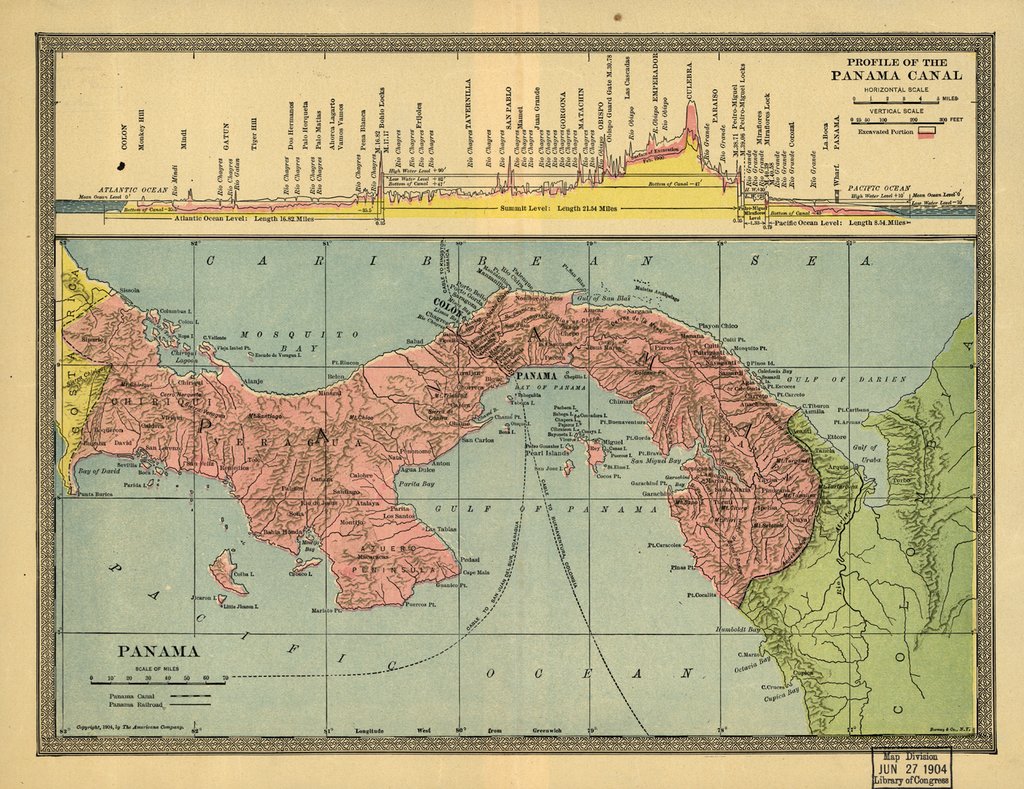U.S. sends warships to Panama
Naval operations during the Spanish-American War (1898-1901) served to convince President Theodore Roosevelt that the United States needed to control a canal somewhere in the Western Hemisphere. This interest culminated in the Spooner Bill of June 29, 1902, providing for a canal through the isthmus of Panama, and the Hay-Herrán Treaty of January 22, 1903, under which Colombia gave consent to such a project in the form of a 100-year lease on an area 10 kilometers wide. This treaty, however, was not ratified in Bogotá, and the United States, determined to construct a canal across the isthmus, intensively encouraged the Panamanian separatist movement.
By July 1903, when the course of internal Colombian opposition to the Hay-Herrán Treaty became obvious, a revolutionary junta had been created in Panama. José Augustin Arango, an attorney for the Panama Railroad Company, headed the junta. Manuel Amador Guerrero and Carlos C. Arosemena served on the junta from the start, and five other members, all from prominent Panamanian families, were added. Arango was considered the brains of the revolution, and Amador was the junta's active leader.
With financial assistance arranged by Philippe Bunau-Varilla, a French national representing the interests of de Lesseps's company, the native Panamanian leaders conspired to take advantage of United States interest in a new regime on the isthmus. In October and November 1903, the revolutionary junta, with the protection of United States naval forces, carried out a successful uprising against the Colombian government. Acting, paradoxically, under the Bidlack-Mallarino Treaty of 1846 between the United States and Colombia--which provided that United States forces could intervene in the event of disorder on the isthmus to guarantee Colombian sovereignty and open transit across the isthmus --the United States prevented a Colombian force from moving across the isthmus to Panama City to suppress the insurrection.
— Panama: Country Studies.
Panama: Country Studies. Library of Congress.

1904 Map of Panama. World Digital Library.
















0 comments
Sign in or create a free account